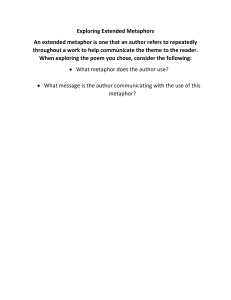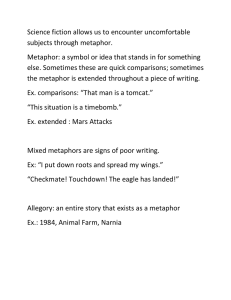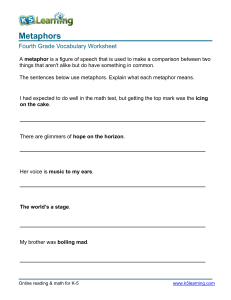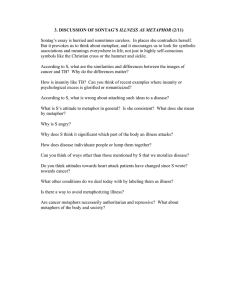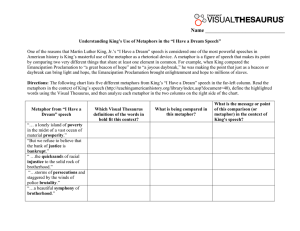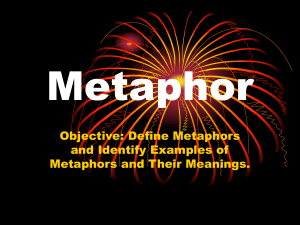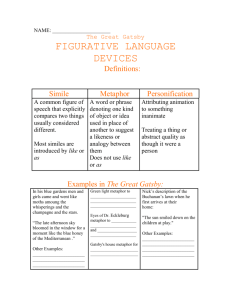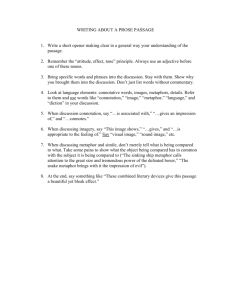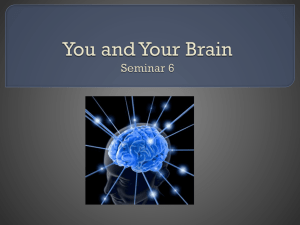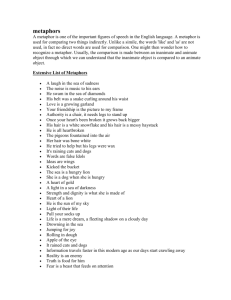Teams
advertisement
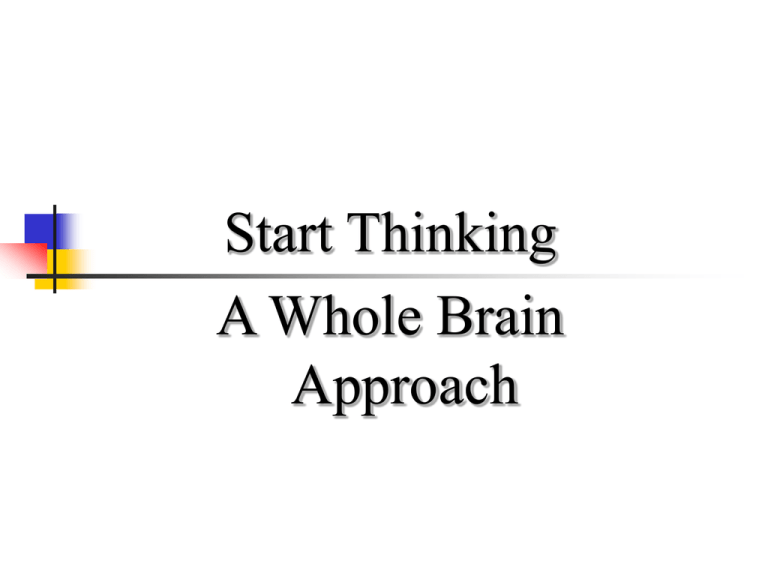
Start Thinking A Whole Brain Approach Great Pyriamid of Cheops (2,500 B.C.) 2,300,000 Stone Blocks 40 Stories Accuracy of 0.04 inch 13 acres level within 1 inch 100,000 laborers 40,000 skilled masons 150,000 women & children Project Goals Cost Time Ref: M. Rosenau, Successful Project Management, LL Pubs., 1981 Industry Trends Quality Management Continuous Improvement Process Reengineering Self-Directed Work Teams Corporate Downsizing Systems Engineering High Performing Systems Vaill: 3 characteristics in leader/member behavior and attitudes time: teams spend an extraordinary amount of time on task feeling: have very strong feelings concerning the attainment of the goal focus: tend focus on key issues and keep a clear list of priorities in mind Team Characteristics Effective Teams High Commitment Innovative/Creative Professional objectives consistent with project Members highly interdependent Conflict resolution Communication High trust levels High energy levels High morale Team Characteristics Effective Teams High Commitment Innovative/Creative Professional objectives consistent with project Members highly interdependent Conflict resolution Communication High trust levels High energy levels High morale Ineffective Teams Low Commitment Unclear project objectives Gamemanship, manipulation, hidden agendas Conflict avoidance Subtle Sabotage Cliques, collusion Lethargy Trouble with Teams Internal conflict Coalitions; us vs them Member anxiety and frustration Time wasted on irrelevant issues Haphazard decisions by senior people Lack of Communication Nature or Nurture The Card Game Each gets 5 cards Swap till I tell you to stop p. 2 Start Thinking The brain is the source of • Who we are • What we do • How we do it The number of atoms in the known universe: 10,000,000,000,000,000,000,000,000,000,000,000,000,000 ,000,000,000,000,000,000,000,000,000,000,000,000,000,0 00,000,000,000,000,000,000,000,000,000 The number of estimated interconnections and patters the 10,000,000,000 individual neurons of one brain can make: 10,000,000,000,000,000,000,000,000,000,000,000,000,000,000,000,00 0,000,000,000,000,000,000,000,000,000,000,000,000,000,000,000,000 ,000,000,000,000,000,000,000,000,000,000,000,000,000,000,000,000, 0,000,000,000,000,000,000,000,000,000,000,000,000,000,000,000,000 ,000,000,000,000,000,000,000,000,000,000,000,000,000,000,000,000, 0,000,000,000,000,000,000,000,000,000,000,000,000,000,000,000,000 ,000,000,000,000,000,000,000,000,000,000,000,000,000,000,000,000, 0,000,000,000,000,000,000,000,000,000,000,000,000,000,000,000,000 ,000,000,000,000,000,000,000,000,000,000,000,000,000,000,000,000, ,000,000,000,000,000,000,000,000,000,000,000,000,000,000,000,000 ,000,000,000,000,000,000,000,000,000,000,000,000,000,000,000,000, ,000,000,000,000,000,000,000,000,000,000,000,000,000,000,000,000 ,000,000,000,000,000,000,000,000,000,000,000,000,000,000,000,000, ,000,000,000,000,000,000,000,000,000,000,000,000,000,000,000,000 ,000,000,000,000,000,000,000,000,000,000,000,000,000,000,000,000, 0,000,000,000,000,000,000,000,000,000,000,000,000,000,000,000,000 It is not nature or nuture, but always nature and nuture! Albert J. Solnit, M.D., Yale University For most of us Everyday Thinking How does this impact our every day life? What are the important characteristics for buying a car? Movies Books Metaphor Metaphor is the use of one subject to clarify understanding of another. Metaphors can be verbal and non-verbal, written or visual, mute or audible. They can bridge cultures, languages, and brain dominance preference. A product of the right brain, a metaphor can be thought of as a translation from one mental language to another, from the literal to the analogical. Its power is the instant understanding it brings by reason of the translation. Ned Herrmann Examples of Metaphors “Three strikes and you’re out!” “You can hear a pin drop” (with action picture) The Whole Brain Metaphor Premise The Brain Metaphor The Whole Brain Model Application A D B C The HBDI
